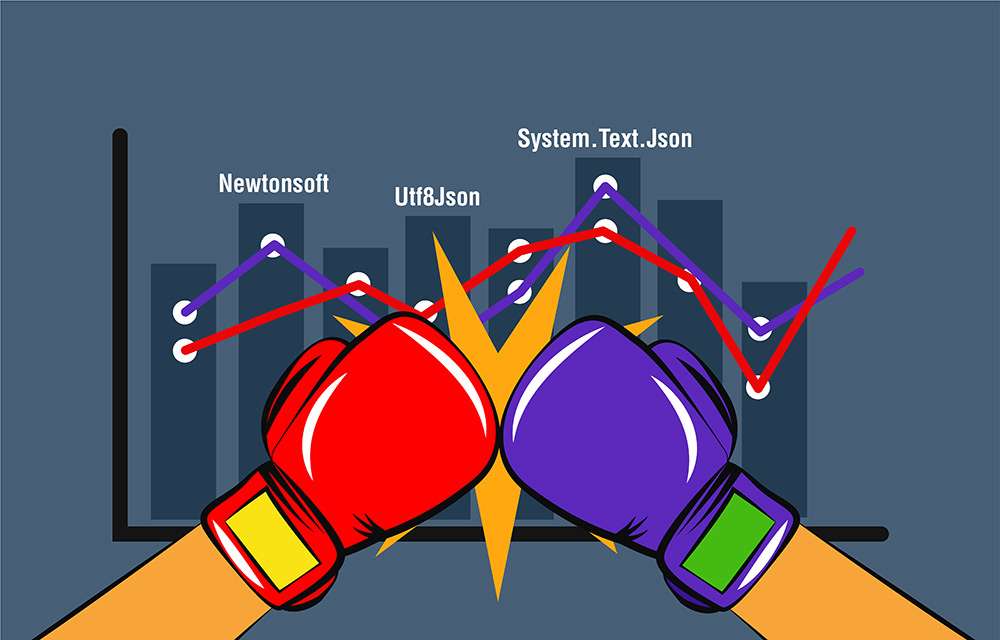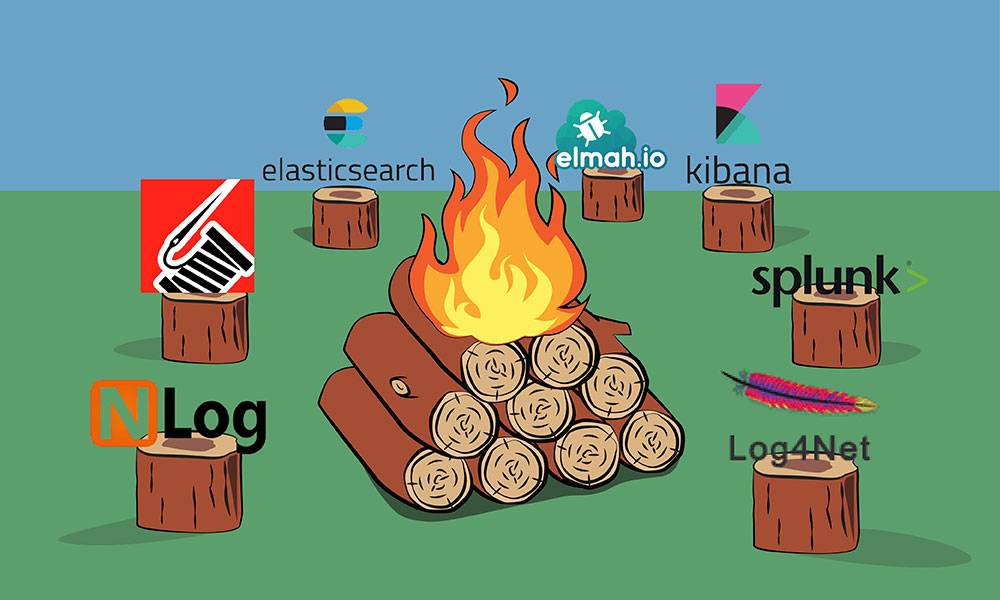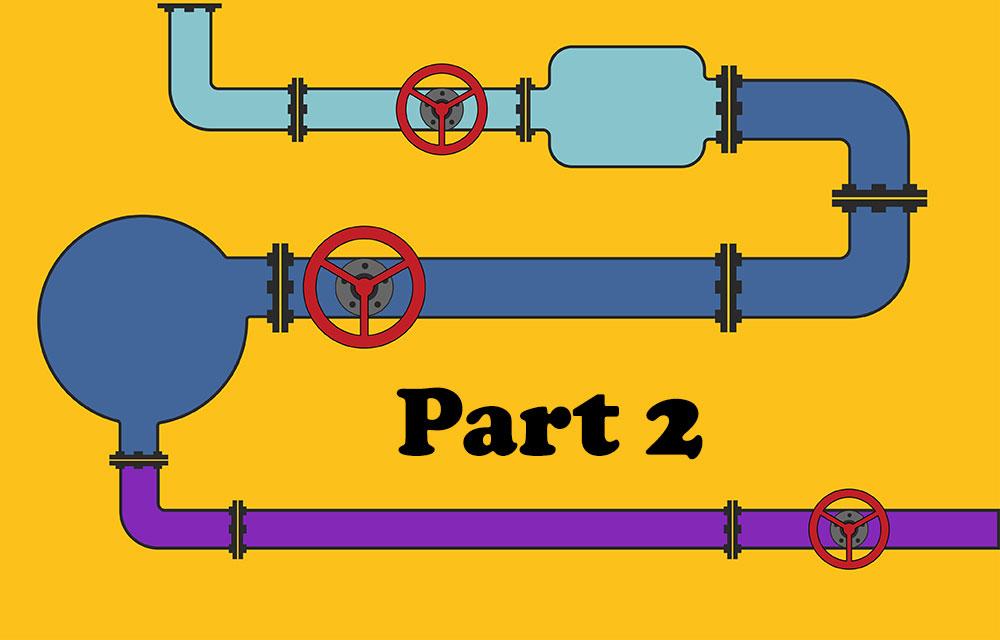
Debugging Lock Contention Performance Issues in C# .NET
Lock contention is a state where one thread is waiting for another while trying to acquire a lock. Whatever time spent waiting for the lock is "lost" time that is wasted doing nothing and causes performance problems. In this article, you'll see how to detect lock contention problems, debug them, and find the core cause of the issue.

Performance Profiling of .NET Core 3 applications on Linux with dotnet-trace and PerfView
Performance issues never seem to disappear from the world, no matter how fast new computers become. To deal with those issues we need proper tools. We have some great tools on Windows. On .NET Core with Linux, things are not so great. But they're getting better.

The Battle of C# to JSON Serializers in .NET Core 3
.NET Core 3 was recently released and brought with it a bunch of innovations, including a brand new JSON (de)serializer System.Text.Json. We're going to compare this serializer with Newtonsoft.Json and other major .NET serializers. Check out this epic performance battle.

Use Performance Counters in .NET to measure Memory, CPU, and Everything - Full Guide
There's an incredible built-in mechanism in Windows called Performance Counters that allows you to follow a whole lot of useful metrics. It's easy to use, comes free, and perhaps not used as much as it deserves. In this article, we'll see how to monitor performance counters with PerfMon, ...

Pipeline Implementations in C#: TPL Dataflow Async steps and Disruptor-net
In the 3rd part of the series we'll see how to create asynchronous steps in the pipeline with TPL Dataflow. We'll also see a new implementation using the Disruptor-net library.

Logging in C# .NET Modern-day Practices: The Complete Guide
Logging is a big part of software development for many years now. This guide is a bird's eye view of modern solutions for logging in .NET space.

Debug & Catch Exceptions in Visual Studio: The Complete Guide
One of the most important concepts in modern programming is Exceptions. They were introduced in the 60's with LISP and eventually made their way to practically all modern programming languages. This article is an extensive guide to dealing with exceptions in Visual Studio.
Visual Studio Debugging Windows: Watch, Locals, Autos, Immediate, Call Stack and Threads
This tutorial is part of a series: Part 1 – Getting started with Visual Studio Debugging Part 2 – Visual Studio Debugging Tool Windows In the previous tutorial, we saw some of the basics of debugging in Visual Studio. This included Breakpoints, Navigation through code, and Investigating variables with the DataTip and QuickWatch. In this tutorial we will go over all the windows Visual Studio has for debugging.

Pipeline Pattern in C# (part 2) with TPL Dataflow
In the First Part of the series, we talked about the Pipeline Pattern in programming, also known as the Pipes and Filters design pattern. In this part, we'll see how to implement such a pipeline with TPL Dataflow.
